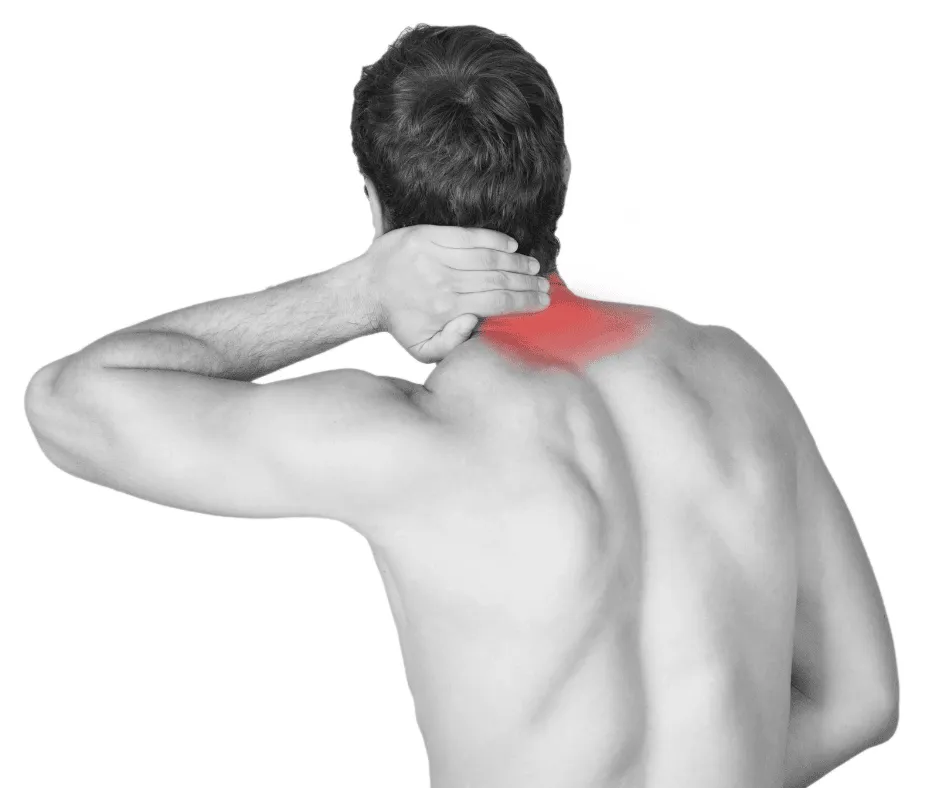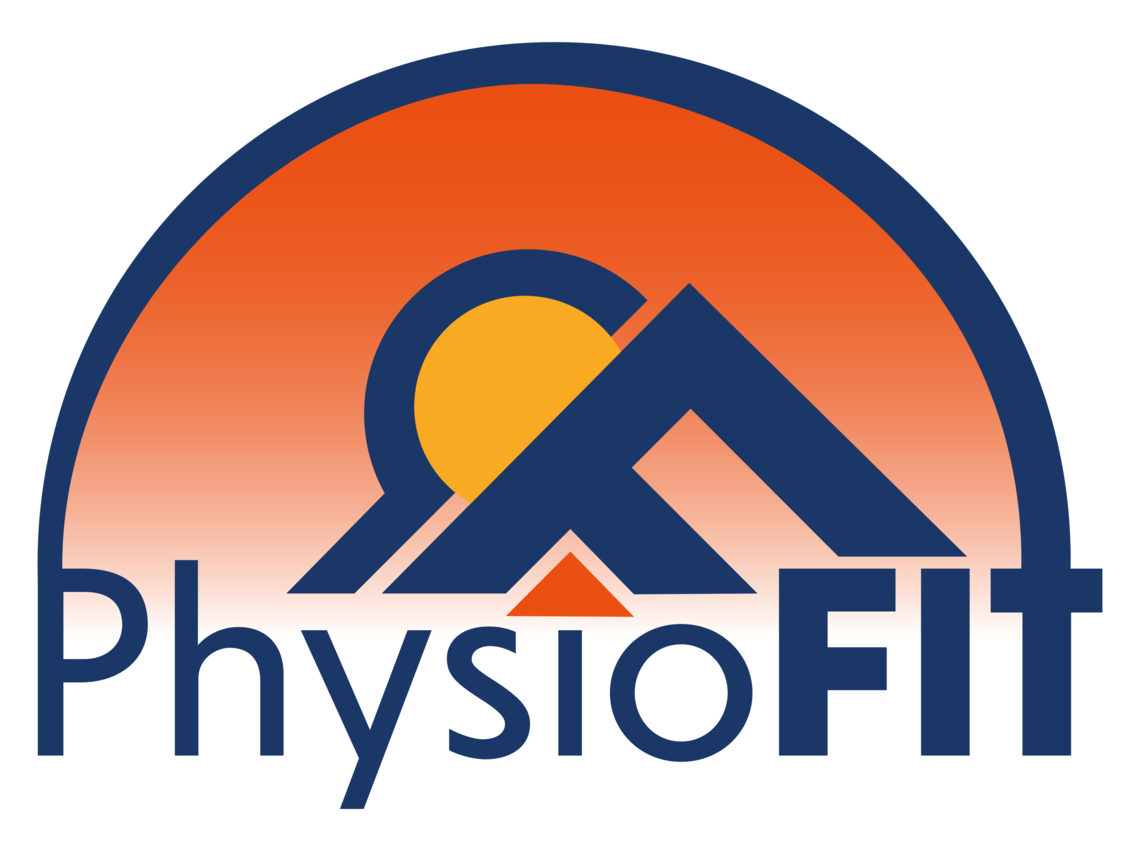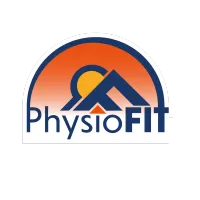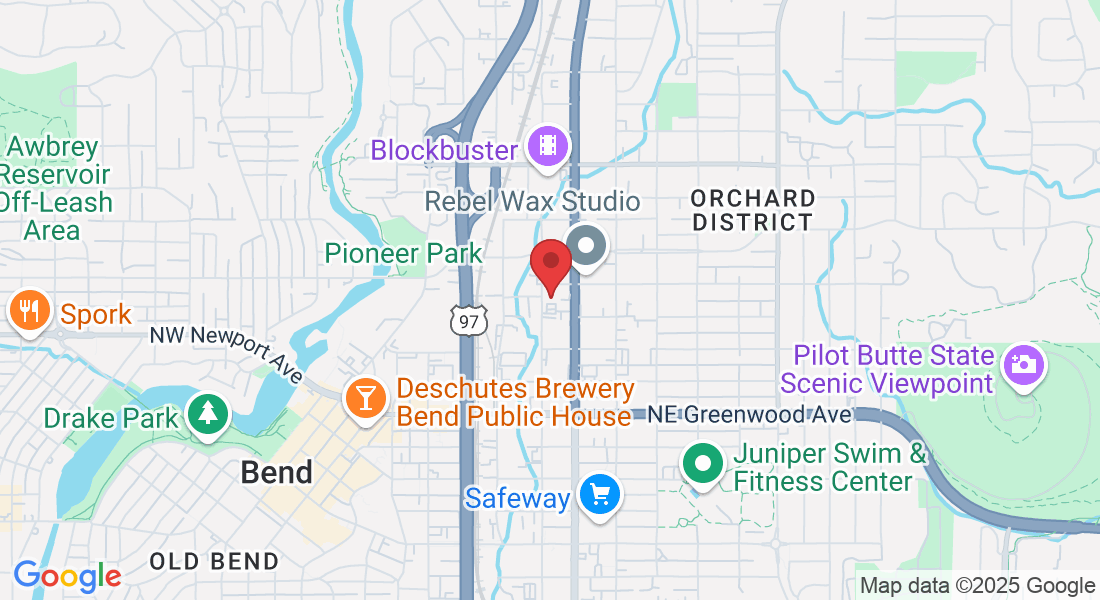Neck Pain Relief
Living Life Shouldn't Be Such a Pain in the Neck
Are you one among the millions experiencing "neck pain" and seeking relief? Neck pain is an everyday battle for roughly 10-20% of U.S. adults, leading to work absences, diminished life quality, and restricted physical activities. Consider us your guide, providing essential knowledge about neck pain and illustrating how we can assist you in restoring your well-being.
At PhysioFit, we are committed to delivering well-rounded neck pain treatments, expertly designed to align with every patient's specific condition and requirements. Our practice is rooted in a science-based, exercise-centric methodology of physical therapy, centered around individualized care plans for pain relief. Our vision transcends the mere alleviation of your neck discomfort; we strive to enhance your holistic health, diminish the chance of chronic or recurrent pain, and expedite your return to your routine activities.
What You Should Know
The most frequent injury resulting from car accidents is neck pain, accounting for nearly half, or 49%, of all vehicular injury cases.
Persistent neck pain may cause an array of complications, including depression, tension in relationships, anxiety, issues at work, hindrance in day-to-day tasks, and excessive tiredness.
Neck discomfort ranks third as a source of chronic pain.
A proper diagnosis of a neck problem involves a thorough evaluation from a professional.

The Most Common Causes of Neck Pain
Neck pain, a common complaint that can arise from various sources, often disturbs the delicate balance of daily life. Whether it's the natural aging process, physical strain, mental stress, traumatic injury, abnormal growths, or an underlying health condition, the origin of neck pain can be multifaceted. Understanding these potential causes is a crucial step towards effective treatment and relief.
Neck discomfort can be attributed to several factors:
Age-related Deterioration: Aging can lead to natural wear and tear of the cervical spine, leading to degenerative conditions like osteoarthritis or spinal stenosis, which can provoke neck pain. Persistent stress and repeated movements can weaken spinal disks, potentially causing a herniated disk or a pinched nerve.
Physical Exertion: Repetitive or strenuous activities can overstrain neck muscles, resulting in stiffness and pain. Factors like poor posture, weak abdominal muscles, and excess body weight can misalign the spine, contributing to neck discomfort. Long hours spent in front of a computer, straining the neck, is a common contributor to neck pain.
Psychological Stress: Stress-induced muscle tightening can lead to neck stiffness and pain. Many individuals may unconsciously tense their neck muscles during periods of stress or agitation, only realizing it when the neck begins to hurt.
Injury: Trauma can damage muscles, ligaments, disks, vertebral joints, and nerve roots in the spinal cord, causing neck pain. Whiplash, a common neck injury resulting from car accidents, often leads to neck discomfort.
Abnormal Growths: Tumors, cysts, and bone spurs can exert pressure on neck nerves, inducing pain.
Underlying Health Conditions: Certain health conditions, including meningitis, rheumatoid arthritis, and cancer, may present neck pain as a symptom.
If any of this information resonates with your current situation, we urge you to schedule an appointment with us immediately. Don't let hip pain diminish your life quality - allow us to help you embark on the path to relief today.
Strategies for Negating Neck Pain
Strategies can be implemented to mitigate neck discomfort related to muscle strain or tension. They are as follows:
Adopt Healthy Posture Habits: Arrange your devices such as computers and phones to prevent neck strain or slouching while using them. Ensure your shoulders are aligned, your back is straight while seated, and your neck isn't strained. Fine-tune your car seats for proper posture during transit.
Optimize Your Sleeping Position: Retain good posture even during sleep. Use a pillow for head support to align your head and neck with your body if you sleep on your side or back. For back sleepers, consider placing a pillow under your knees to lessen lower back pressure. Avoid stomach sleeping with a turned head.
Stay Mobile: Utilize exercises meant for neck pain relief to also prevent it. If your job requires prolonged sitting, incorporate occasional breaks for stretching and mobilizing, including neck muscles.
Avoid Shoulder-Borne Heavy Loads: Refrain from carrying substantial weights like book bags or suitcases on your shoulder. Opt for wheeled luggage or bags instead.
Strengthen Your Upper Back Extensor Muscles: Age-related weakening of the upper back is normal, causing the shoulders to stoop and the head to tilt forward. This posture puts extra strain on your neck and upper back.

Common Symptoms of Neck Pain
Experiencing headaches
Sensation of numbness or a tingling feeling, akin to 'pins and needles', in your shoulders or arms.
Inability to rotate the neck or incline the head
Rigidity in the neck, shoulder, and upper back regions
A radiating pain extending from the neck down to the shoulders or arms
An intense sensation of stabbing or burning
A continuous, nagging discomfort
Remember, if you resonate with any of the symptoms or conditions mentioned, we highly recommend making an appointment with us for a thorough evaluation and personalized treatment plan.
Please Note: The information provided on our website is intended for general education and is not a substitute for professional medical advice. Each individual's situation and body is different. Therefore, what may work for one person may not work for another. We care about your well-being and advise you to reach out to us to discuss your specific needs before implementing any advice from our website.
Your Source for All Things Physical Therapy in Bend Oregon
The PhysioBlog

Why Every Golfer Would Benefit From a TPI Assessment for Better Performance
Why Every Golfer Would Benefit From a TPI Assessment for Better Performance
Imagine you’re a mid-handicap golfer in Bend, Oregon. You love teeing off at Tetherow but notice your slice is back or your back twinges after 15 holes. You’ve heard about the Titleist Performance Institute (TPI) but have no idea what it is or how it could help your game. In this article, we’ll walk through everything you need to know about a TPI Golf Assessment, what it involves, why it matters for your swing, and how a local Bend physical therapy clinic like PhysioFIT Bend can use it to fine-tune your body and fuel your scores.
What Is a TPI Golf Assessment?
A TPI Golf Assessment is a 16-point physical screening developed by the Titleist Performance Institute. Instead of tweaking your grip or swing plane first, TPI looks at your body’s flexibility, strength, balance, and stability, all in relation to the golf swing. Think of it like a mechanic inspecting your car’s suspension, brakes, and steering before tuning the engine. If your hip rotation is tight or your core lacks stability, no amount of swing drills will fix the real issue.
Why Bend Golfers Should Care
In Central Oregon we’re spoiled with golf on the high desert, from Pronghorn’s immaculate greens to the tree-lined fairways of Awbrey Glen. Yet that altitude, crosswinds, and frequent trail running can leave your body misaligned for the perfect swing. A TPI Assessment pinpoints precisely where your body is holding you back, so you can hit farther, straighter, and play pain-free rounds.
The 16-Point Screen: What Gets Tested
During your TPI Golf Assessment at PhysioFIT Bend, a certified TPI professional will guide you through these key tests:
Overhead Squat Pattern
Measures ankle, hip, and thoracic spine mobility along with core stability.Seated Rotation
Assesses torso turn independent of hips—critical for coil in your backswing.Pelvic Tilt
Evaluates low-back flexion and extension control to prevent pain.Single-Leg Balance
Tests proprioception and ankle stability essential for follow-through.Bridge Movement
Gauges glute activation and hip extension power for solid drives.Straight Leg Raise
Checks hamstring and calf flexibility to support posture.Thomas Test
Looks at hip flexor tightness that can limit your swing arc.Trap-Stretch
Measures upper-body extension and shoulder function for a full finish.Core Stability
A series of plank variations to establish a stable rotation axis.Quad Strength
Single-leg squat depth and control for lower-body power transfer.Thoracic Rotation
Seated or standing twist to test upper-back mobility separate from hips.Shoulder Mobility
A-arm reach tests to uncover restrictions in lead-arm extension.Hip Rotation
Internal and external rotation range that drives hip turn and weight shift.Ankle Dorsiflexion
Measures ankle bend to ensure proper hinge at address.Glute Bridge Endurance
Holding a bridge to fatigue to see if endurance drops mid-round.Cervical Spine Function
Neck rotation and tilt to keep your head stable throughout your swing.
Each test is scored, and your TPI-certified therapist will highlight limitations and strengths in a personalized report.
What to Expect During Your Assessment
A typical TPI session at PhysioFIT Bend takes 30 minutes:
Intake & Goals: Quick survey of your swing history, injuries, and performance targets.
Screening: Guided through all 16 tests—no swinging clubs, just movement.
Results Review: Clear explanation of findings with local analogies (“Your hip rotates like a rusty gate, let’s oil those hinges.”).
Action Plan: Customized exercise program with step-by-step drills to address your specific needs.
Access to the TPI client app where you can find your exercise plan (with videos) and track your progress!
How a TPI Assessment Improves Your Game
By fixing physical limitations first, you’ll notice:
Increased Clubhead Speed: Better hip and core function means more power behind every swing.
Greater Consistency: Improved balance and coordination reduce mishits and errant shots.
Reduced Pain & Injury Risk: Correcting imbalances protects your back, shoulders, and knees.
Boosted Confidence: Knowing your body is optimized lets you focus on strategy and course management.
Sample Golf-Specific Exercises
Here are drills you might receive after your assessment:
Hip-Opening Lunge with Rotation: Frees tight hip flexors.
Medicine Ball Rotational Throws: Trains power transfer through torso.
Single-Leg Romanian Deadlift: Builds glutes, hamstrings, and balance.
Wall Angels: Enhances upper-back mobility for a full finish.
Banded Ankle Mobilizations: Improves your address hinge mechanics.
Aim to perform these 3 to 4 times weekly, then test changes on the practice tee.
FAQ
What does a TPI Assessment involve?
You’ll complete 16 movement tests covering flexibility, strength, balance, and rotation to identify limitations affecting your swing.Do I need to bring golf clubs?
No. The focus is on body movement. Wear comfortable athletic clothing and shoes.How soon before a tournament should I schedule?
Schedule at least 6 to 8 weeks ahead to implement corrective drills and integrate swing changes.Is it painful?
Tests are gentle; any discomfort comes from existing tight or inflamed areas, and your therapist adjusts accordingly.Who benefits?
All ages and levels, junior golfers, weekend warriors, and seniors alike reap the benefits of optimized movement.How often do you re-screen?
Annual re-screening is ideal, or sooner if you notice new aches, swing changes, or after off-season training.Is it covered by insurance?
Coverage varies. Contact your provider, and we can supply required billing codes.Can I do exercises solo?
Yes, but we recommend at least two follow-up sessions to ensure proper form and progression.What about existing injuries?
TPI can flag and adapt tests for injuries in rehab, keeping you safe and on track.How do I book my screen?
Call 541-797-5800 or visit www.PhysioFITBend.com and click “Make an Appointment” with our TPI Certified Pro, Michael Hernandez.
Ready to take your game to the next level? Book your TPI Assessment at PhysioFIT Bend and unlock your full potential on Central Oregon’s premier courses. Your best round yet is just one screen away.
Copyright PhysioFIT 2025 . All rights reserved


